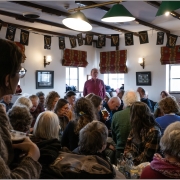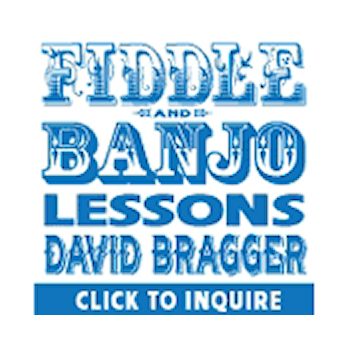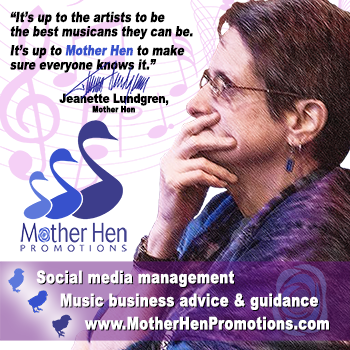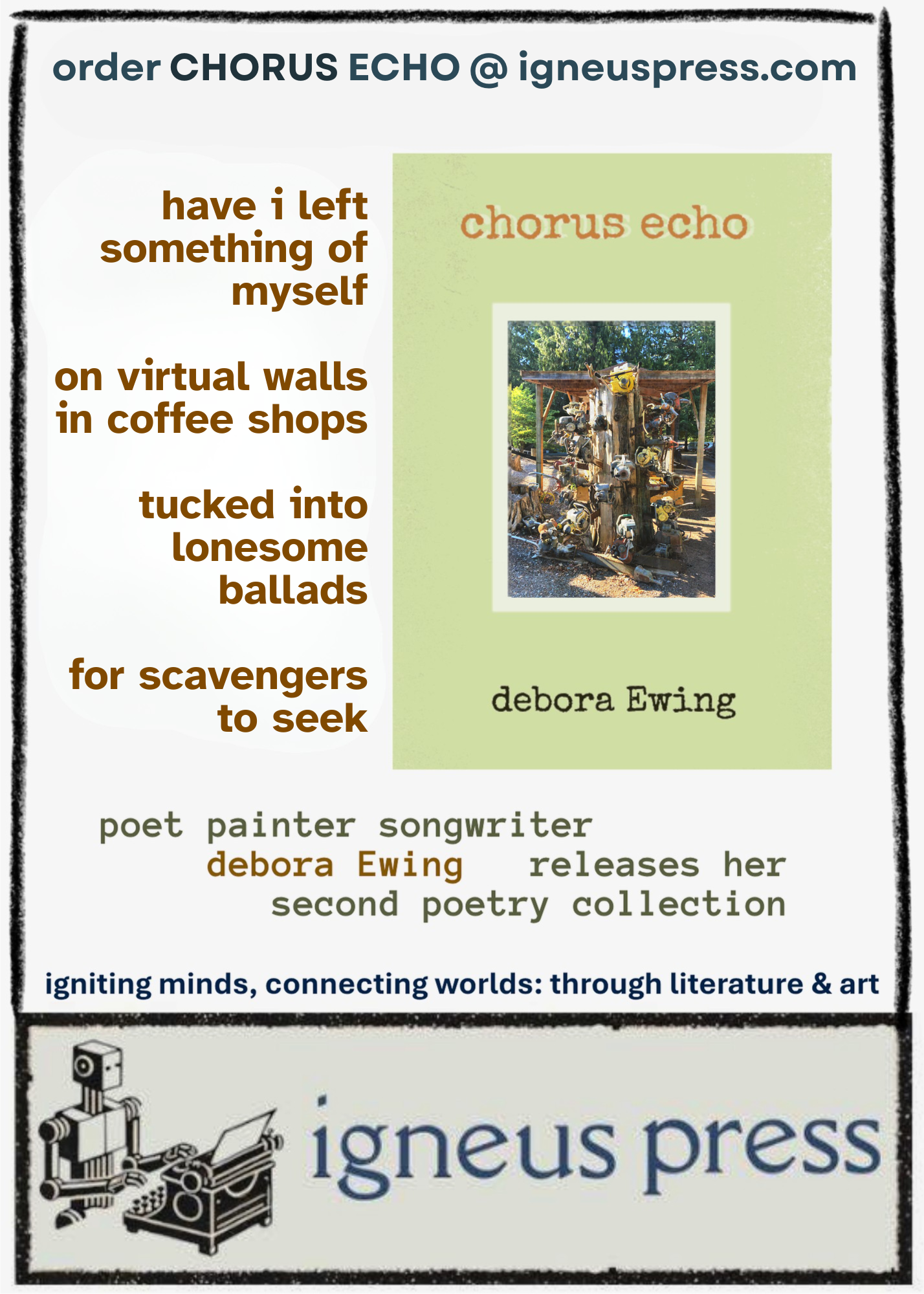An Education of Sorts
Living Traditions - Number 3 - September 2025
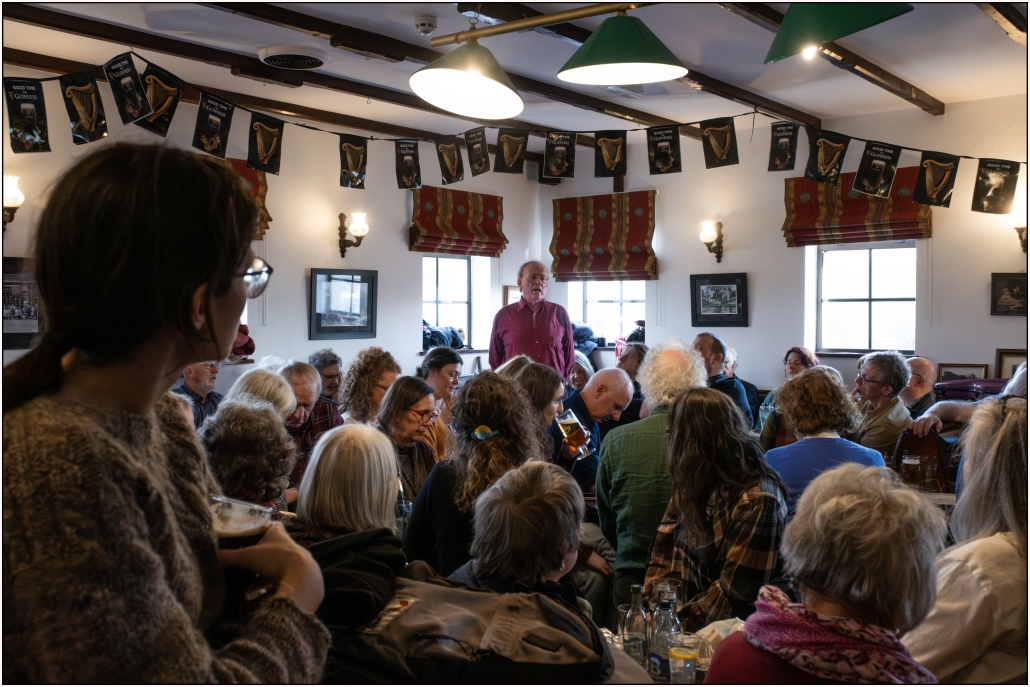
Image of the Innishowen Traditional Singers Retreat 2025, in the North Pole Bar, by Colm Keating, w/ Permission.
When I was small I heard music all the time. It was as formative to my identity as being, well, alive. My earliest memories were reflected back to me by the faces and voices of folk songs and folk singers I met regularly, and I sing the way I do because it’s what shaped me. Even then I knew that an animist worldview of music was essential to being whole. Because for me, music was alive.
Way back in the stone-age when I was a wee one, I was packed into the family car with my brothers, to visit the homes of folk singers, musicians, and activists where they’d throw musical house parties. We’d visit 885 Clayton in San Francisco, CA, the fabled house of Faith Petric, the matriarch of Pacific Coast solidarity in class consciousness and a California proponent of “the good fight.” She’d host parties twice monthly at her Victorian home near Haight and Ashbury. We, as attendees, would be left to our own whims among the rooms of music-makers, both ancient and youthful. In one room we’d be regaled by the newest of the new songs from contemporary singer-songwriters passing through and making a living on their travels offering their newest poetry for anyone to hear. In another room people would be singing two hundred year-old ballads; and the third room would be filled with an array of acoustic instruments.

Hand-painted wooden sign that hung in the front window of San Francisco Folk Music Club meetings at 885 Clayton St., San Francisco
At these gatherings of the SFFMC, I heard singing from people old, older still, and ancient. There I was introduced to the “proper folkie” way of transmitting folksongs: by listening, internalizing their stories, listening for something true and important about each one, and then committing it to long-term memory. For me, this required that I find more about its background, history, who sang, composed, and collected it, and why. Only Once I’d fully learned as much as I could absorb would I then be afforded an opportunity to join in the sacred circle of sharing. (Cue angels chorus and a halo light! driving by the front porch). Later, I’d learn that those faces and voices belonged to some order of “known” or “respected” scholars, singers, and teachers of the ancient songs, who were links in the long chain of Folk Song in their own right. In this reverent setting, the songs were held close, and then only released once the new folks understood their value as new bearers of links in the chain.
So I familiarized myself with songs transmitted from people! Sure, I could go to concerts, and listen to the radio, and read about songs in books, but the real treasures were the stuff I only ever heard when shared person-to-person. Hard media forms (vinyl records, cassettes, and later CDs and YouTube) tool second place at quality, but this? This was learning magic by doing. It was education in its truest form, shared generously only because I wanted it. It was home and church, in one.
I learned to sing in different contexts too. Elsewhere I heard travelling teachers in my elementary school, or in a brief stint with a children’s choir, I’d get a song from some multi-cultural handbook. I sang along to the radio, and with records from my mom’s collection too, which introduced me to more genres. But ultimately, it was the live stuff that got me. Recordings were nice, but they were for when I couldn’t get the best: the music I connected with more personally. When singers sang for (and with) me, it had a different way of sinking in. My education was organic, and tomes of Child ballads and Roud numbers were trotted out. While sheet music accompanied airs as though they were waltzes that couldn’t breath for constraint. At my earliest piano lessons, however brief, I felt songs were missing something important. I didn’t know it at the time, but what I was developing was the skill of how to listen, in addition to the mechanics of plinking, or singing notes.
The settings for sharing were diverse and not available on TV. There were tall ships and houses, parks and backyards, They were community centers, pubs, and coffee-houses. Of course I’d sing wherever I was, wherever there were other singers, at events both private and public. Wherever people gathered freely, there was singing. and in those cradling branches of community I was rocked to sleep. It struck me then not the first time and not the last, that life really does have a soundtrack, for some of us lucky ones.
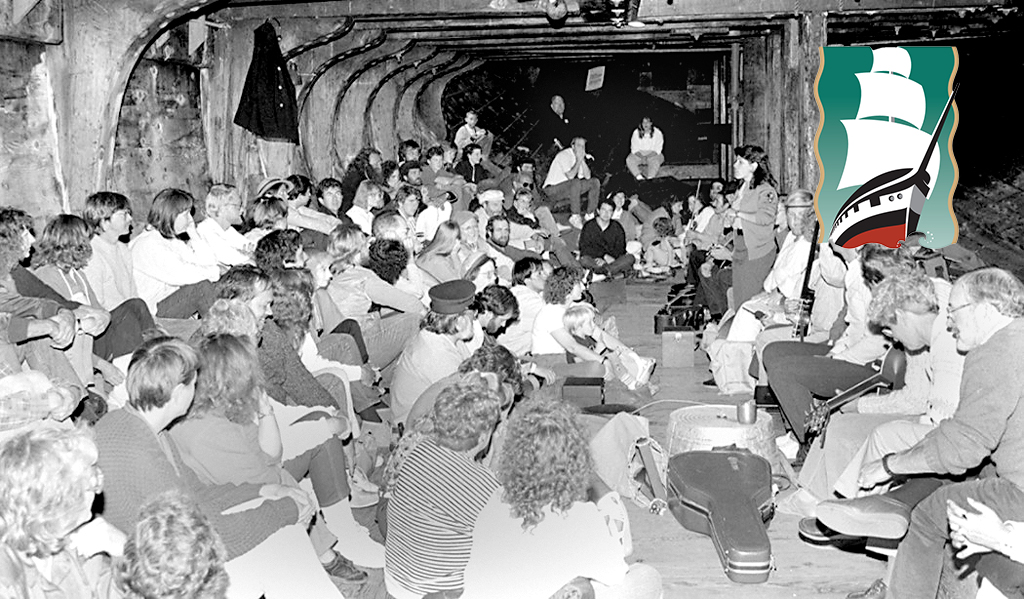
image from the NPS San Francisco Maritime Museum archives, of the hold of the schooner, the C.A. Thayer.
At these events where famous and not-so-famous people alike travelled, a part of what I also learned was the value of a life lived to the fullest with songs reflecting the realities of life lived. A farm-hand’s work-song rang different when he sang about it. The songs of hardship meant something real instead of symbolic or cerebral alone
Oh, I’d tried to fit with my classmates, who didn’t understand what lyrics, copyrights and publishing deals even meant. But somehow, I’d found my truest friends far away from the Public Schools of the 1980s. Each of my age-peers, caught the bug for a corner of the folk arts. In my offsite world we had dance callers, dancers, singers, textile artists, and fiddlers. But we didn’t fill in our ranks closer to home until the rest of the world caught up with us.
Pre-Reaganomics, visiting artists occasionally created some common ground with my peers, and local radio shows trickled in folk music, but as I grew, I was able to find more people my age who actively chose things like the Strawberry Music Festival and the Grateful Dead, people who discovered Utah Philips (even if it was because of Ani DiFranco). Then syndicated radio programs like Prairie Home Companion or Fiona Ritchie’s Thistle and Shamrock opened more doors. (Guthrie? Hey I know that name…. That’s that nice guy who used to come to camp-outs in the Santa Cruz mountains! It turned out to be one of Woody’s sons.)
Generational Traditional folk was just weird old people, until pop artists from the ’90s joined in doing folk. Chumbawamba had radio hits like Tubthumper, but their earlier albums were a revelation. Renaissance Festival performers had those odd Irish and British musical stylings, and those became a gateway into Fairport Convention, Sandy Denny, and Clannad who in turn had more obscure recordings closer to what I knew best. Movies like Braveheart introduced folks to bagpipes, sessions, and that weird old singing I’d been doing forever. (Anyone else remember the phenomenon of Riverdance?) So, I became a sort of de facto expert to young California teens, who discovered instruments and started learning from free music schools and programs that popped up to catch em into this previously inaccessible music. Traditional music and listening were taking root for the next generation, mine.
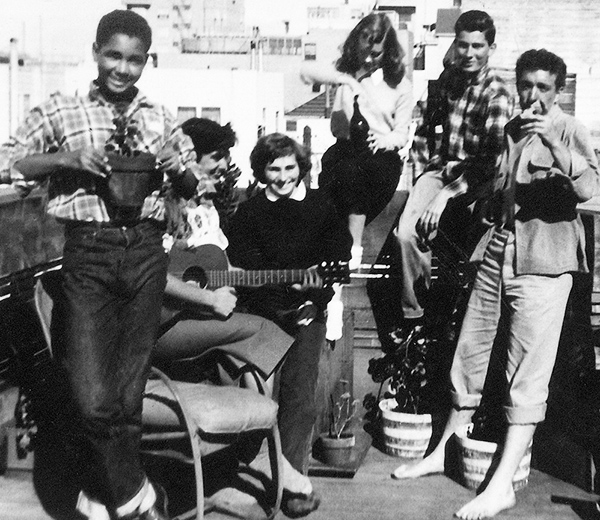
Founding meeting of the San Francisco Folk Music Club in 1948. Understanding and transmuting classical music education and incorporating educational programming into music and lived experiences I’d long loved collided with field trips on farms and chantey sings in boats. Learning about Steinbeck and the dust bowl gave me a segue into the rest of my world outside of public school.

Amelia Hogan showing Selen Vega how to pluck the strings of the small Celtic Harp, 2010, Image by Nemea Laessig
I found, I already knew people who really did the things that were in the songs my peers had just discovered. So I began sharing anything I could get my hands on to the chagrin of the popular kids whose Top 40 Hits didn’t reach me or my friends. I learned how to learn, and then accidentally teach, through call and response and rounds. I learned how to take the best of what I’d heard at music “classes” and formal lessons, and then how to fold it all into the context of meaning that I’d started with. All these decades later, when The Longest John’s “Wellerman” hit the Covid-verse in the depths of the lockdowns, I knew how to fit the teaching chanteys into workshops. With a song that kids thought they already knew, we’d roll it into the motion of the ocean and the context of a work song, while doing the motions of hauling on a rope. A real rope. It was a sea song you see, and young people who wanted to speed it up got more of the story and benefited from adding the context so it could be more than parroting a video. In this way old songs and maritime tradition songs, became more real for them and provided an entry point that helped proper work songs stick.
My early life among rare carriers of even more specific traditions had shaped me for this moment at a kid’s summer camp. Travelling singers from Ireland, Scotland, England, Canada, across America, and further afield had each left their marks on my singing, my teaching, and my worldview. It was an education of sorts, but not the one that gets you playing first chair in the Philharmonic. It had the stamp of legitimacy from a rare nod of approval, a “mha Thu” at a session, but it was a rigorous education into the lived experiences of my fellow singers and not at university. And every singer had stories of their friends and their lives, some of whom were very well known, and many more “undiscovered”, but no less important or valid. They’d brought treasures of song sharing and gathering, and they’d generously welcomed me into the fold.
At first I felt alien, outcast, unwanted, and alone in my fascination with it, and now all these decades later, I get to share it, by cross-pollinating with what’s become cool again. The task became bringing a depth of understanding that is shaped by time, and love, and focus. These experiences are where songs come from, from the deeply experienced reality that needs a place to go. For good or ill, something in us sees what’s recognizable in others through music. We see longing and hope, fear and friendship, betrayal, hardship, heartache, and ease. And while books and albums can be reproduced accurately around such things, the oldest form of learning starts with feeling something powerfully and introducing another to it. After a lifetime of singing songs while I touched soil, sailed on ships, visited dead places, people and events, comforted the dying, or consoled the homesick… the education I received lands deeper and richer. It brings the melodic structure, the songcraft, to life. Once musical learning becomes an integral part of shared humanity, we can turn notes to music.
As I reflect, “Schooldays over it’s time to go, time to be working down below….” A line drifts out as Mary Black’s voice rings full and melancholy as I sip my late summer morning tea. The song describes a loss of innocence, some halcyon youth slipping away as the very real weight of personal responsibility for one’s own livelihood creeps in, wearing heavy work boots that make the hefty meanings of the songs heftier. They’re real now, differently now as I look back. But those lives are what shaped the collected body of folk music. Songs were giving voice to what we’d all come to learn, that hardship shared is half hardship. And joy shared is doubled. And that’s our first lesson as communal beings, teaching and learning from one another, regardless of an institution to give it ‘credibility’.
Amelia Hogan is a San Francisco-based singer of traditional and contemporary Celtic Folk music with three folk-chart-topping solo projects, and numerous collaborative works. With her haunting, honey-toned voice, she tells the stories of songs from the Irish, Scottish, British, and American song traditions. Her performances are both in the Irish music tradition of Sean-Nós, or “old style,” a highly lyrical a cappella tradition, and also with accompaniment. She is the podcast host of “MixedMedia_Talks”, recently joined the Folkworks writing staff, and is also a painter and mixed media artist. Amelia fosters a deep love of community building in music education, and is committed to sharing how music can inspire spirituality and how spirituality moves people to make music. She can be found on Facebook, Instagram, and at www.ameliahogan.com, or in her San Francisco neighborhood with her husband and ghost-cat, sipping excellent tea.
An Education of Sorts
Living Traditions - Number 3 - September 2025

